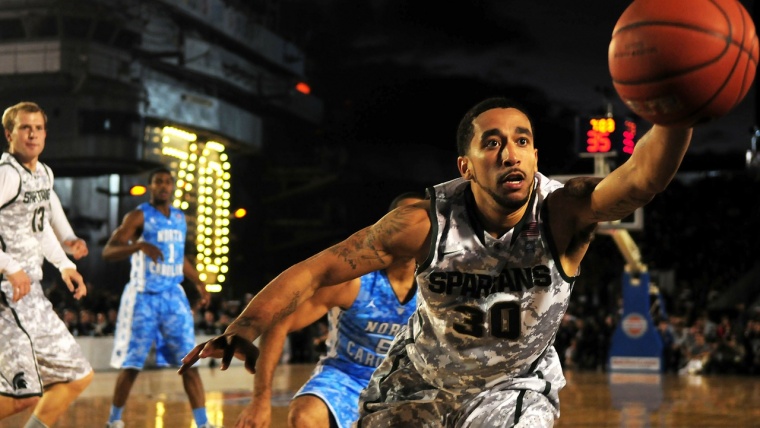
If you’ve got a kid on the school sports team or want to make some extra cash with your photos, learning how to take a great photo at a sporting event is key. Capturing the moments on the field can help you re-live your child’s memories and news and sports magazines will pay for great shots of big games.
The influx of digital photography and advanced lenses have opened the world of sports photography from just the professionals to anyone who wants to capture amazing moments in sports history. No matter if you’re at your kid’s t-ball game or are in the stands at the Super Bowl, these tips will help you snap the best image of the game.
Before photographing any sport, it’s important to know what the sport is about. You can’t expect to get great shots if you don’t know what to look for. You need to know when to expect a score (is it at one end of the field like soccer or football, or when somebody crosses a line like in track and field events?). Knowing the sport ahead of time will allow you to anticipate when an exciting moment in the game is going to happen, and can help you plan out the perfect sports photography shot.
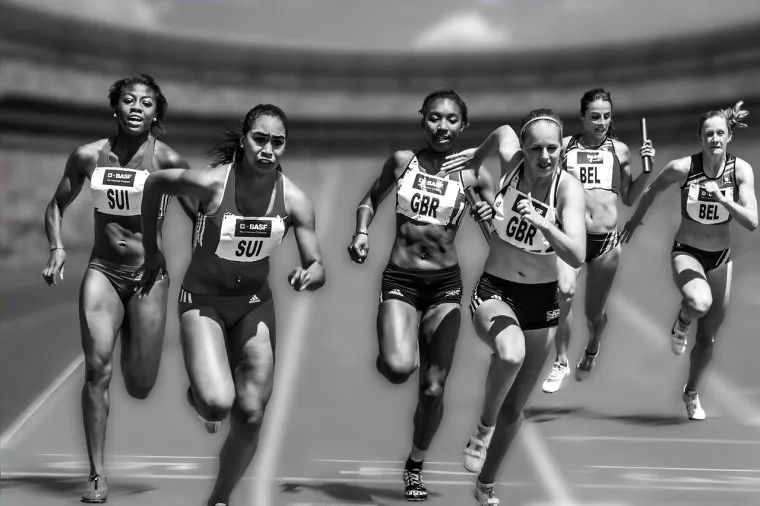
If you’re going to a game for a major sporting event, it’s important also to research the players. You don’t need to know who every person on the team is and what they play, but it can help to know the most important figures. The more popular a player is, the more a magazine or website will pay you for their picture.
When you get to the game you need to have your camera set up perfectly to get the best shots. Something you should keep in mind is the point of view your picture is from. Everyone has seen side pictures of quarterbacks throwing a ball, but how many pictures are out there of a forward or back facing view. Having a picture that’s taken from a unique angle will help you catch the eye of the photo manager at many sports sites.
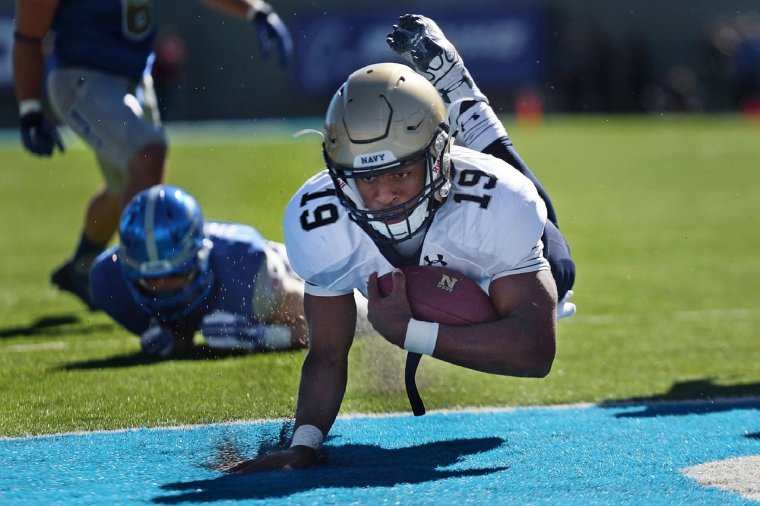
One of the best pieces of equipment you can have for sports photography is a decent zoom or telephoto lens. Not only will a longer lens help you get closer to the action, but it will also help you frame and focus your shot on where you want to shoot. It’s also important to set your aperture to a wide opening. This will cause a blurred effect on the background of your shot and will allow the action to be in full, sharp focus. Basically, a long lens and wide aperture help focus the shot on the action.
We’ve already talked about angle and camera settings, but there’s more to taking the perfect shot than simply have the technical settings. When at a sporting event, you want to take pictures of the exciting and unique – touchdowns at a football game, sliding catches at a baseball game, nearly tied horse races. This is another reason it’s important to do your research. You can’t know what to shoot if you don’t know what you’re looking for. If you don’t know the game, try and pick up on the feeling of the audience around you. What are they getting excited about? When do the cheer, boo, or stand up? Use the people around you to figure out what moments you should be taking photos of.
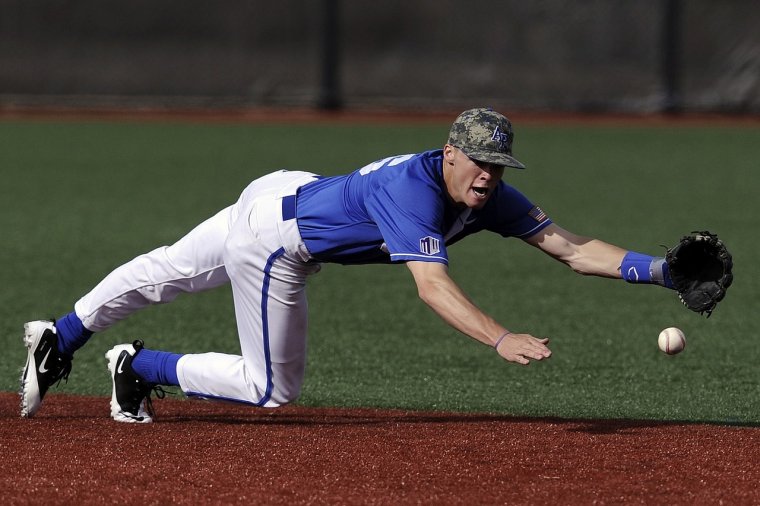
Another thing that will help you catch the moment is cropping. When you’re focusing on the winning field goal, you don’t necessarily need the entire line of men waiting for the goal. Your shot should be tight to focus on the kick of the ball, meaning that the kicker and ball should fill out your whole picture. If you’re taking a picture of a race with someone like Usain Bolt, it would be much more impressive to get an angle that shows not only Bolt winning, but the distance between him and the other runners.
Each scenario is different and will take a lot of on-the-spot decision making, especially for split second moments in sports. In these cases, just use your best judgement. Think about what you want to show the world – the single player making an excellent move, or the excellent teamwork of a double play.
These tips work great for both professional and junior games. With sports photography, it’s important to always be original. You don’t want 17 pictures of your kid on the field that all look the same hanging up on your wall.
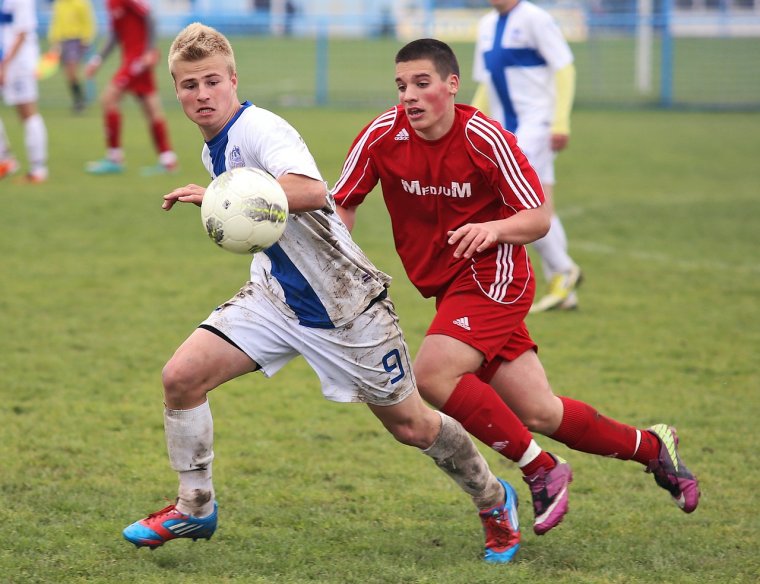
Photo editors sift through hundreds of photos daily and don’t want to see the same shot they just saw. Getting a different point of view and framing your work well will help your images stand out. Using your background knowledge of the game and players can help you snag the most iconic moments in sports and have a fascinating image to show for it.
Comments (0)
There are no comments yet.